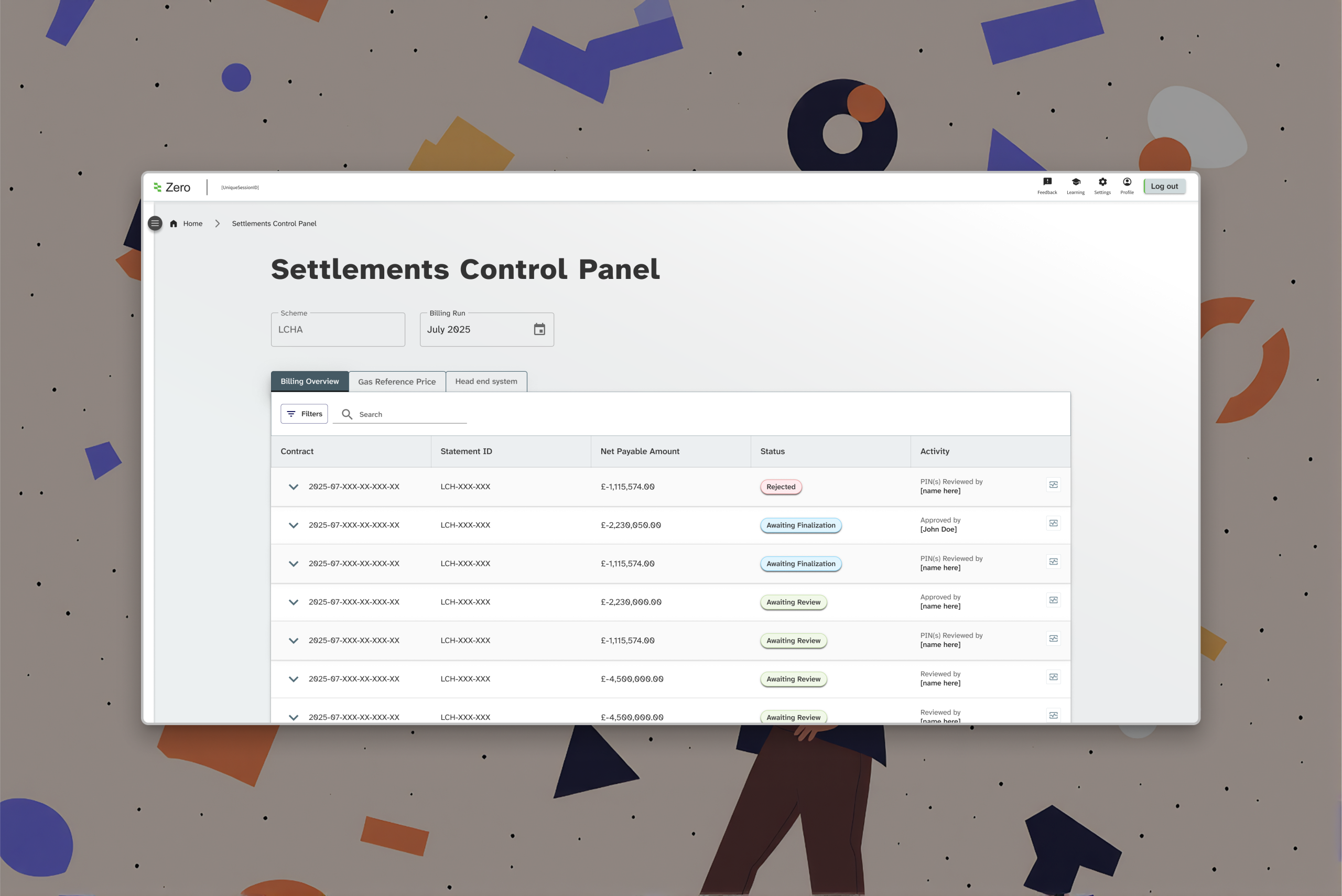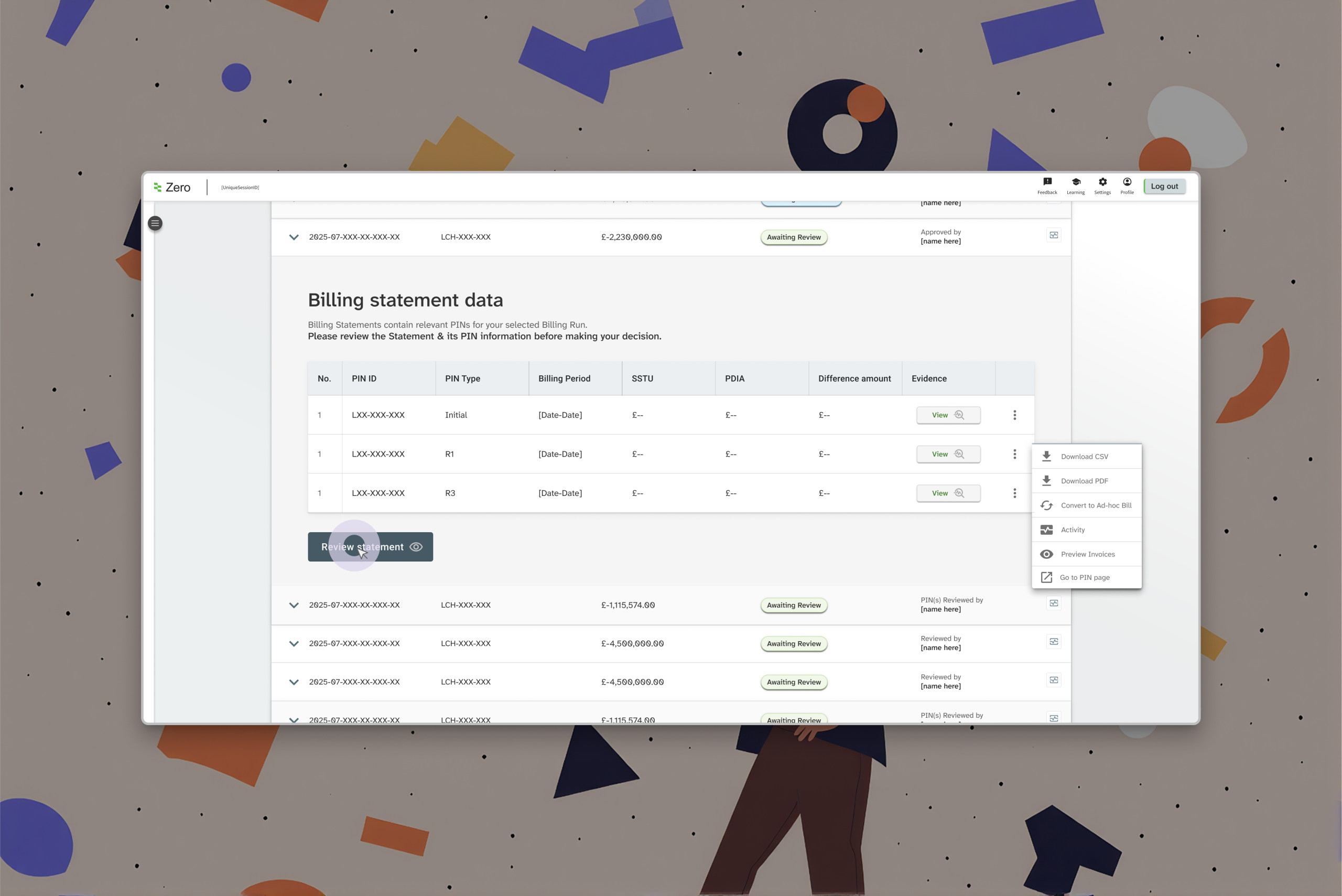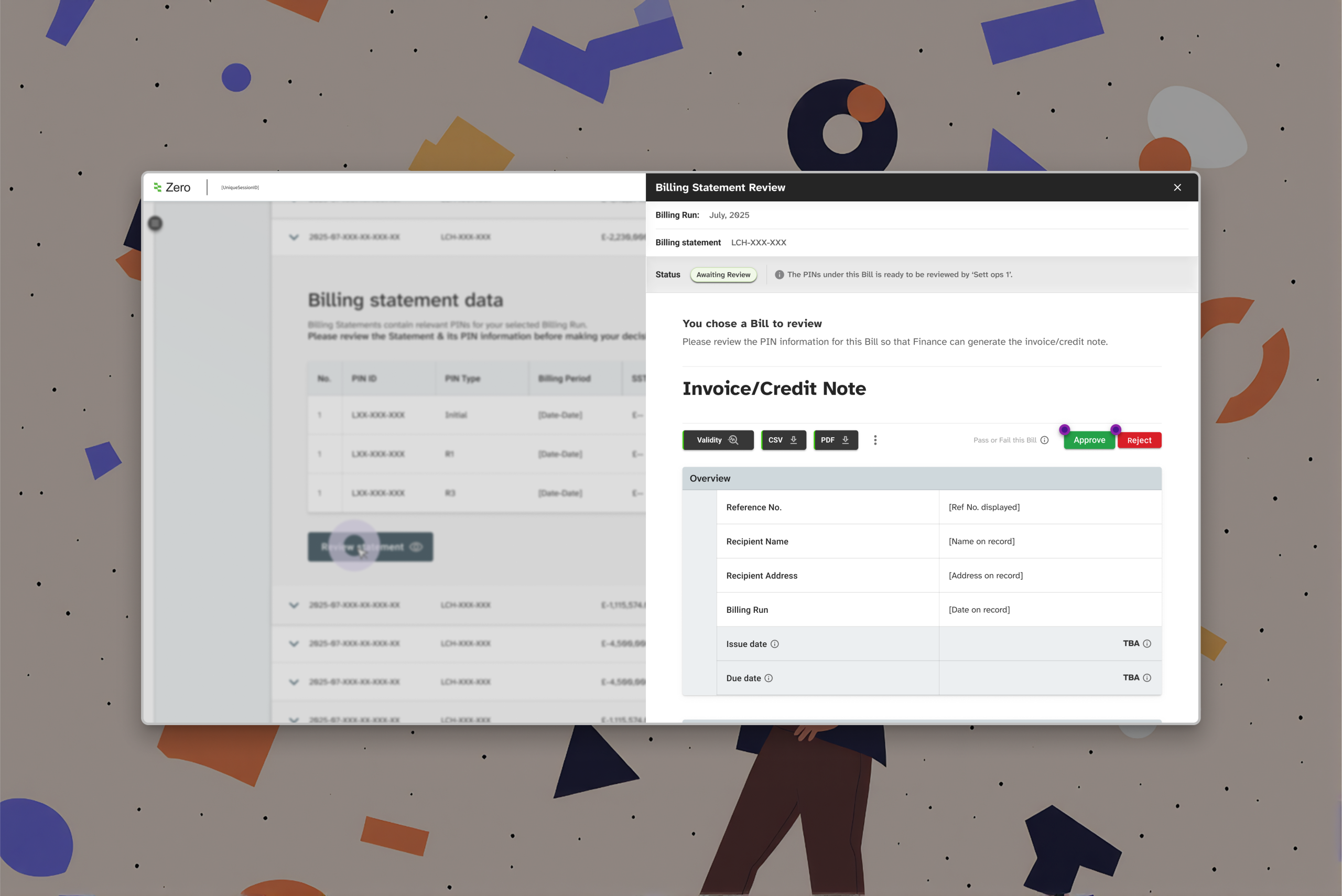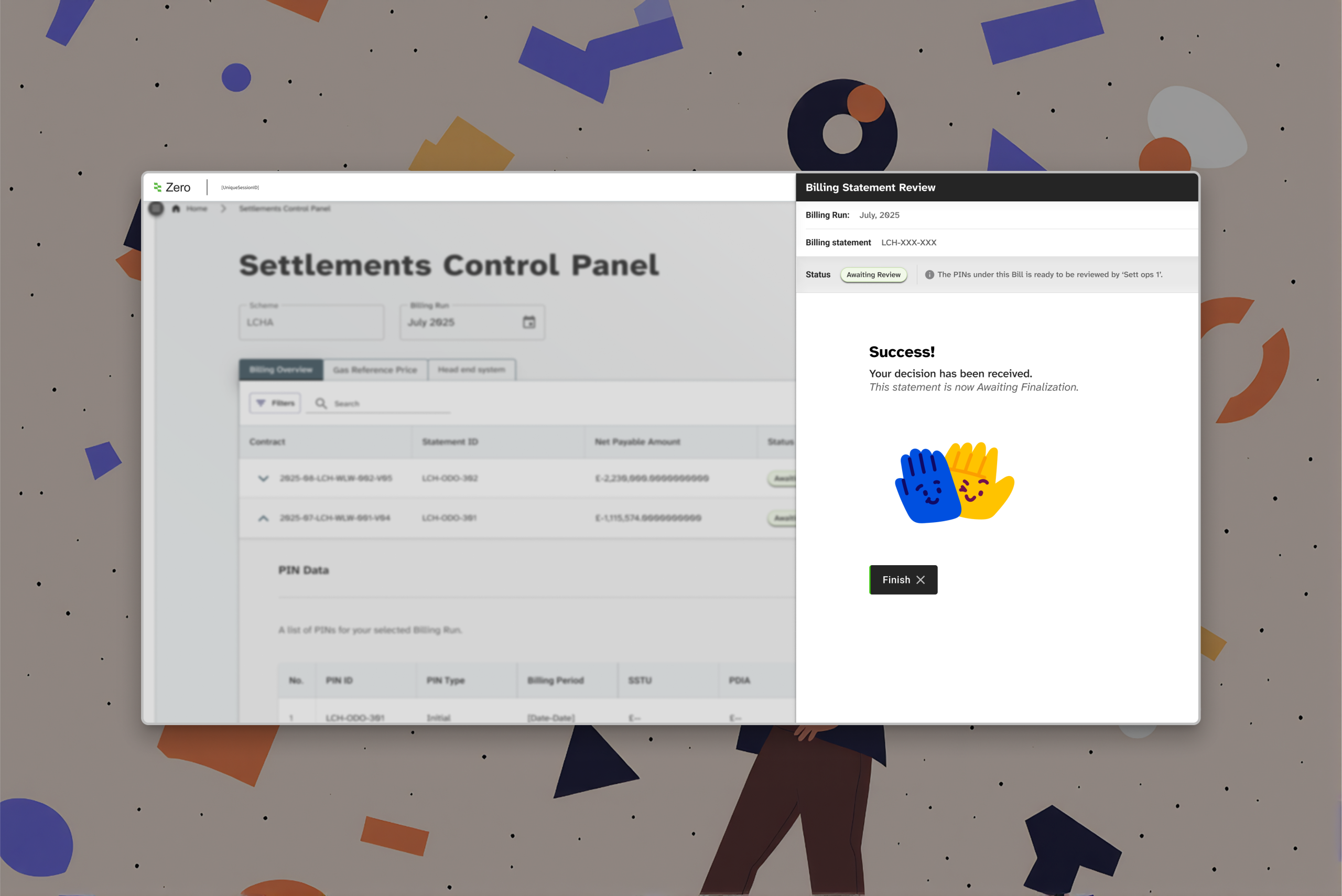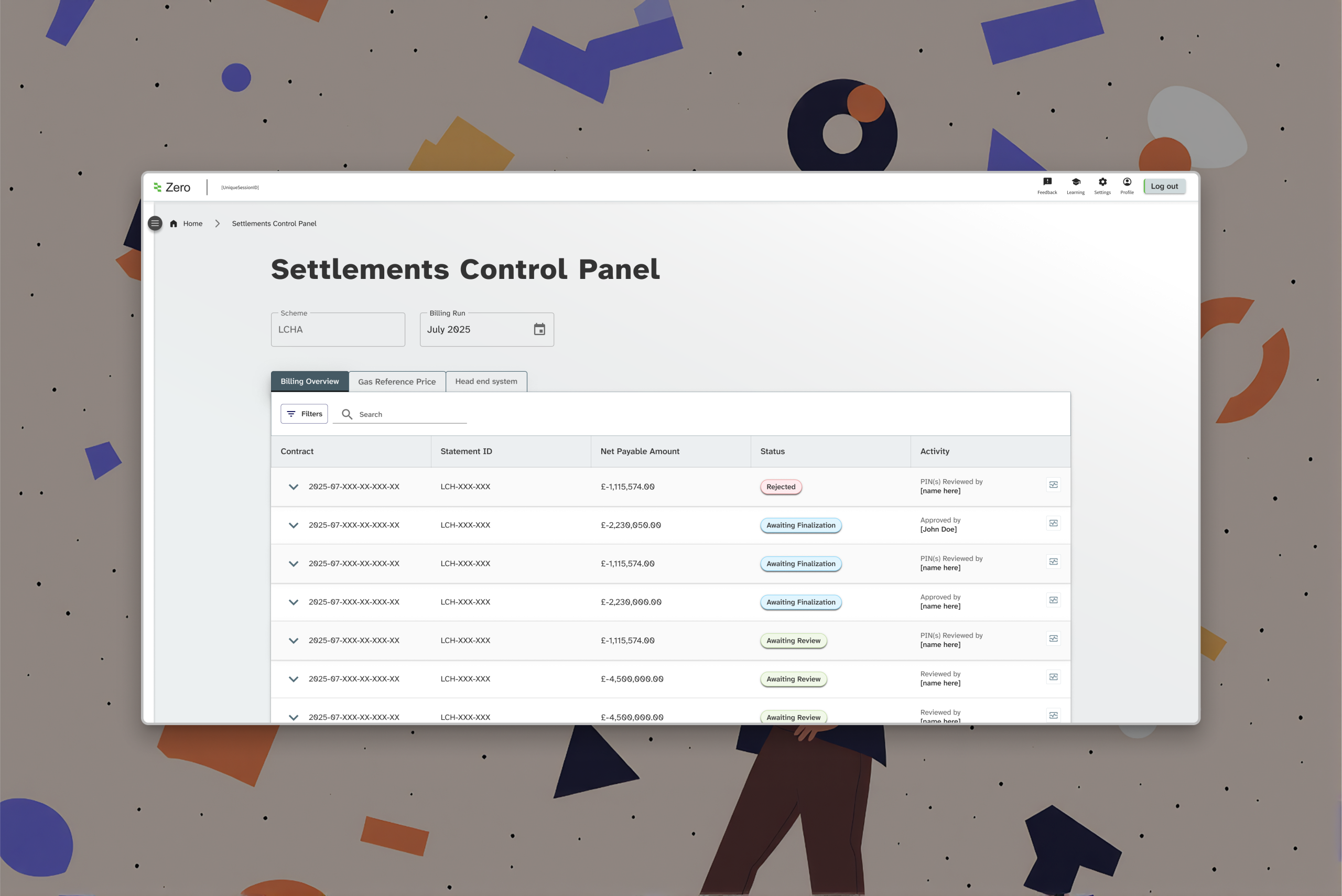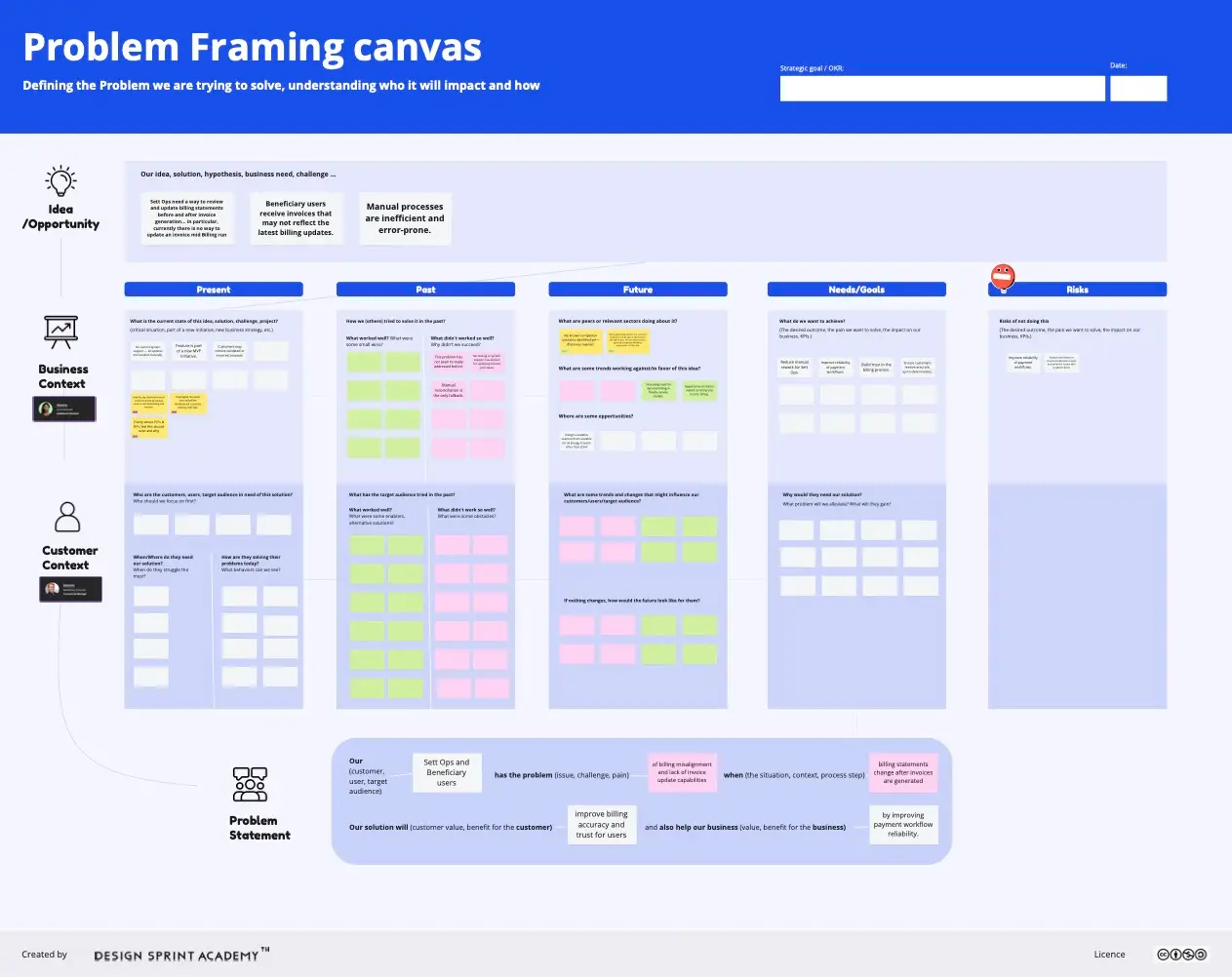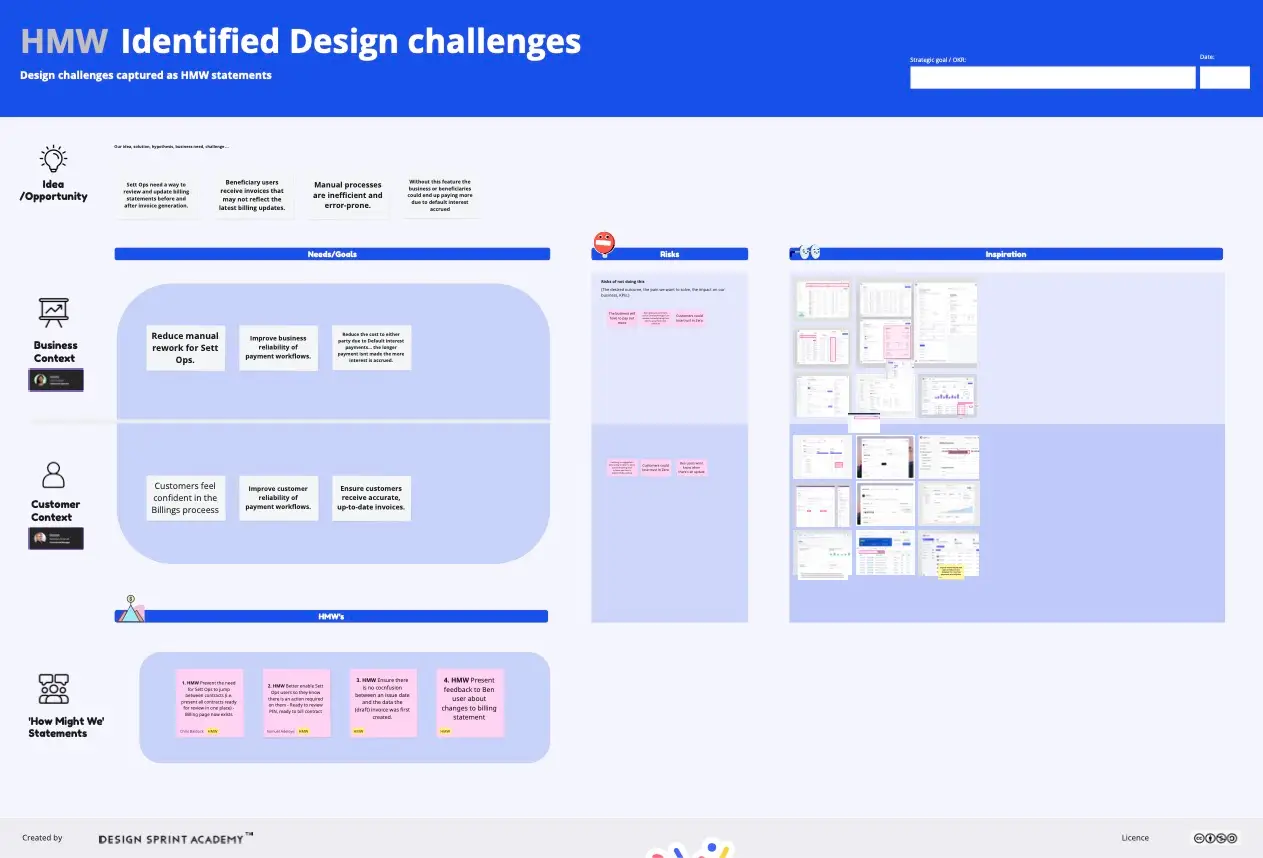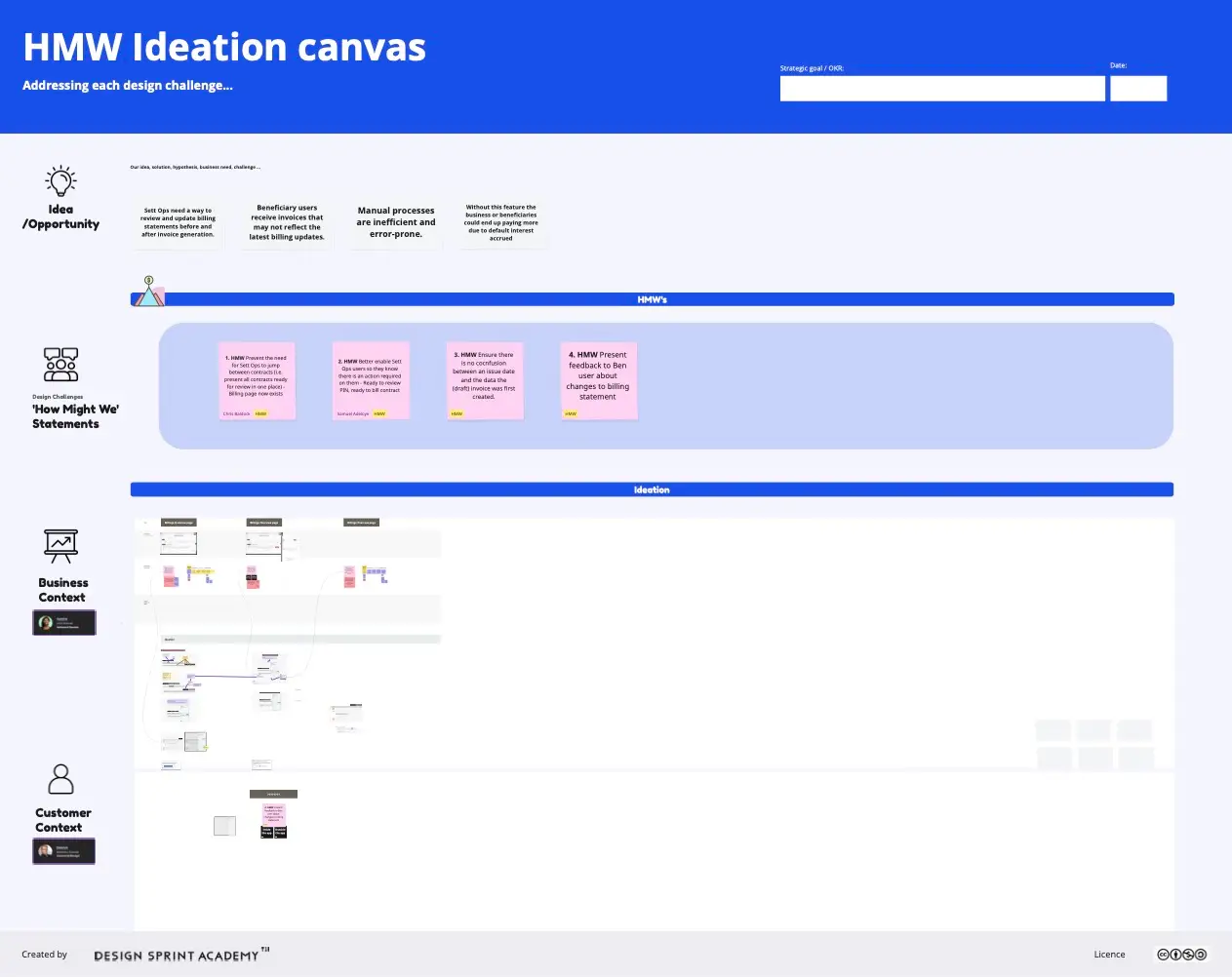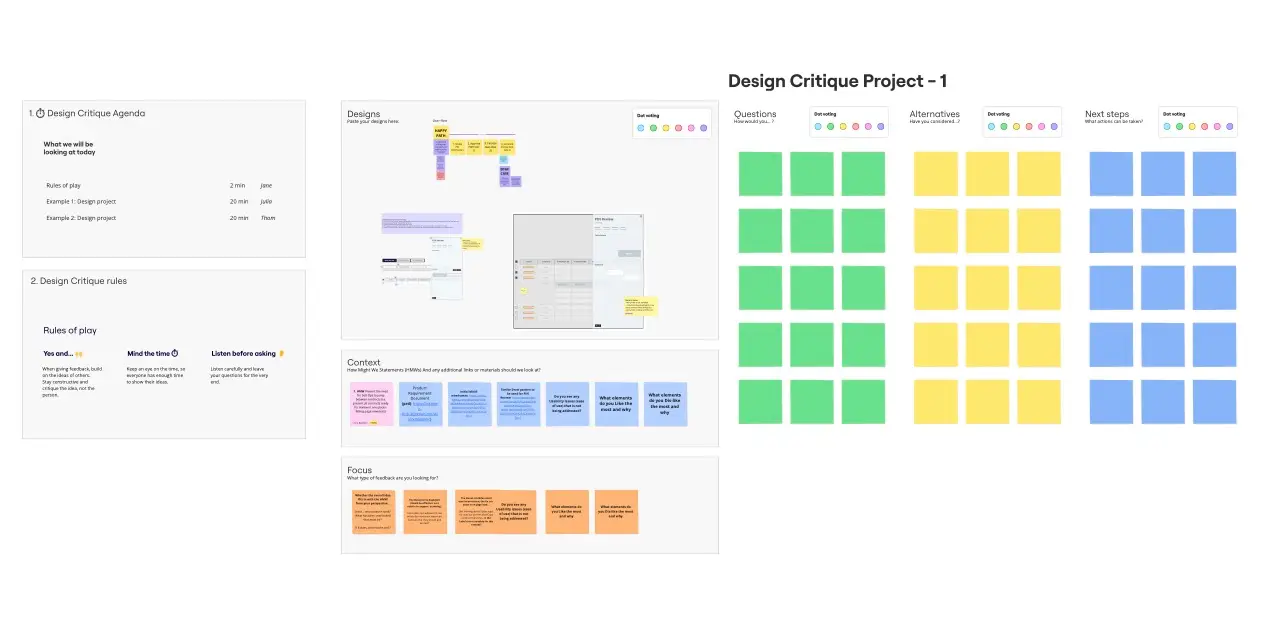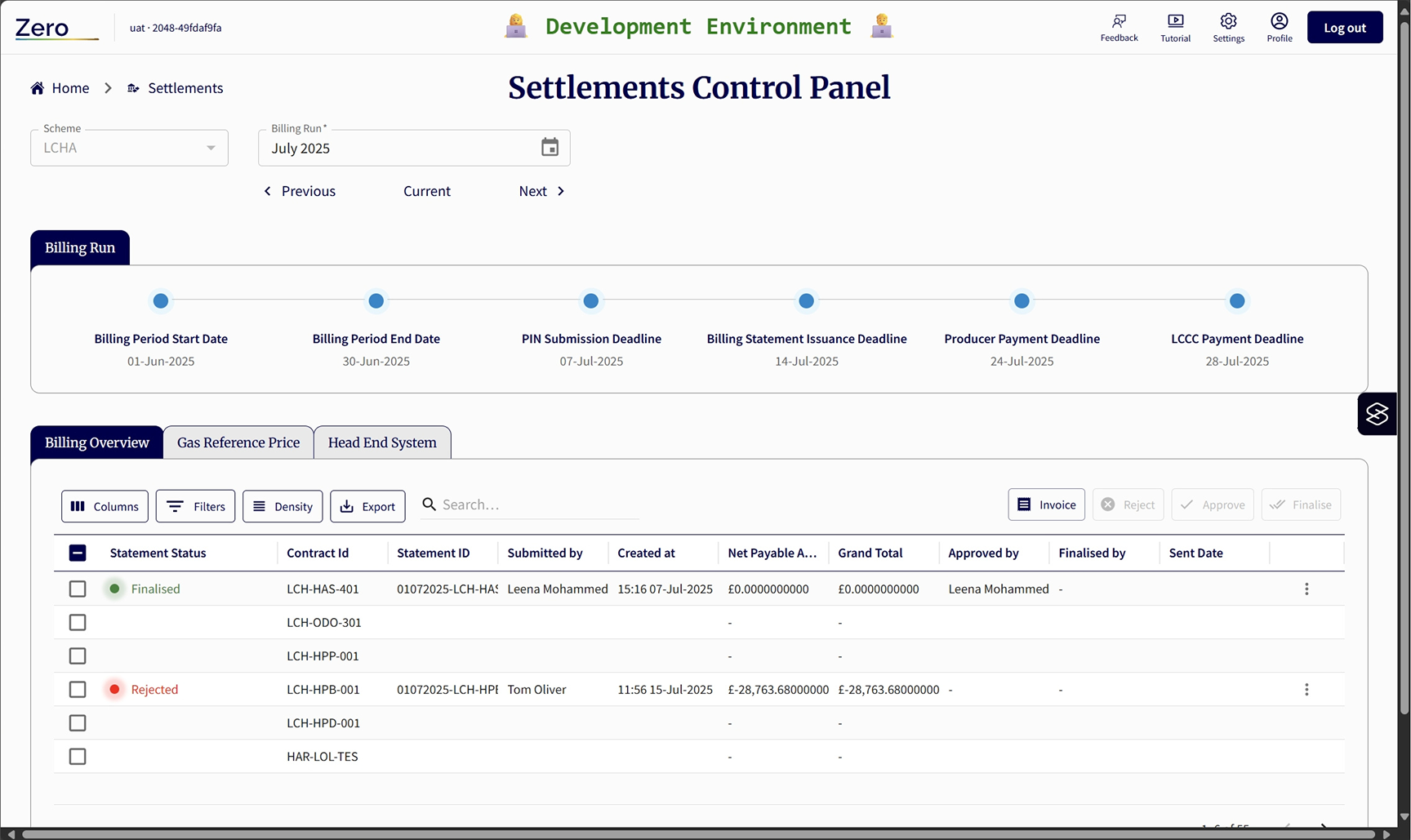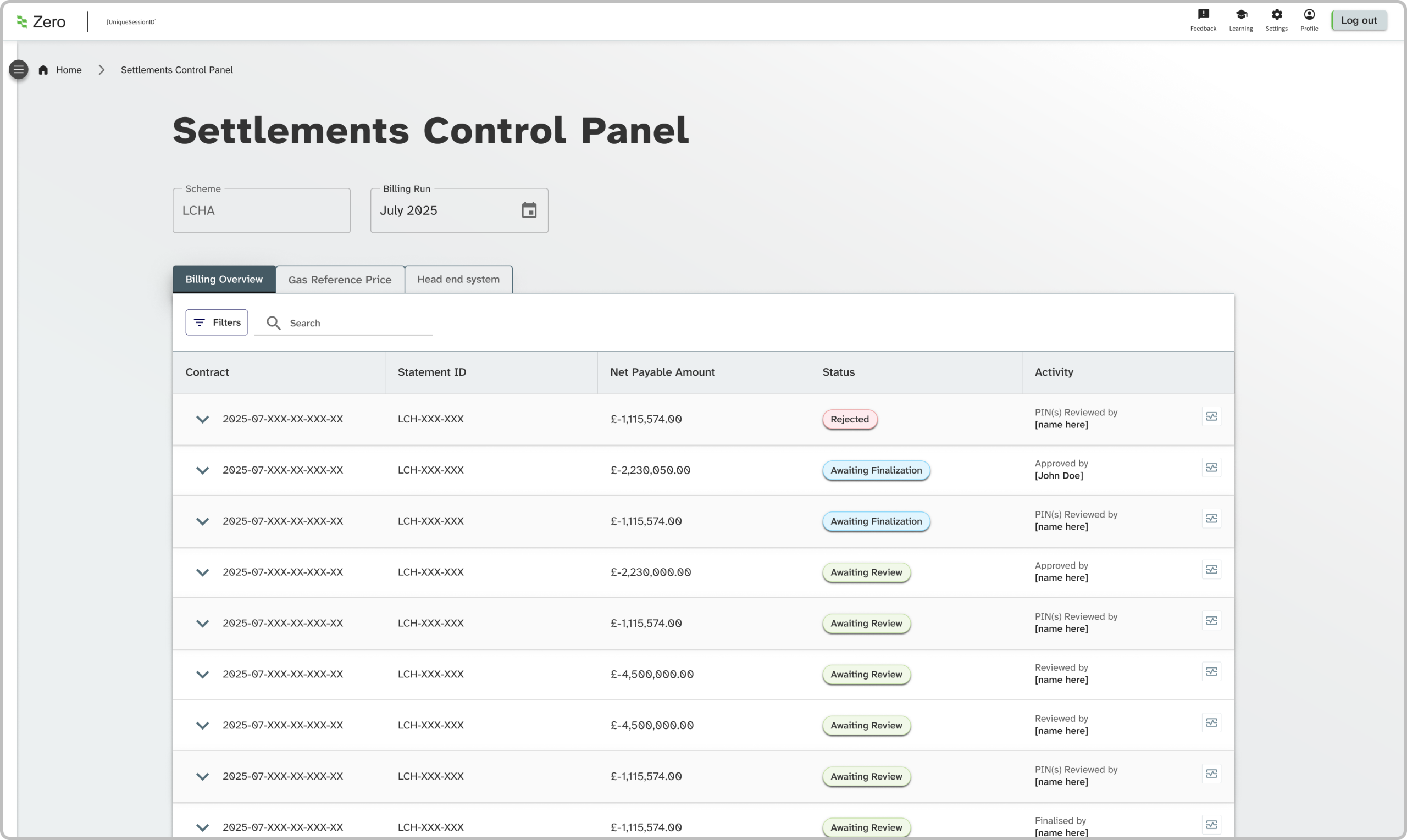When I joined LCCC, the billing process was both critical and fragile. Operators reconciled millions in renewable‑energy payments using PDFs that captured data at a single moment, quickly becoming outdated as figures changed. A single typo could invalidate an entire statement before anyone had opened it. The legacy workflow caused delays and mistrust in financial accuracy, and no one felt safe clicking “Approve.”, the billing process was both critical and fragile. Operators reconciled millions in renewable-energy payments using PDFs that captured data at a single moment, quickly becoming outdated as figures changed. A single typo could invalidate an entire statement before anyone had opened it.
Task
Redesign a billing flow used to reconcile national energy contracts — improving accuracy, transparency, and user trust in financial operations.
